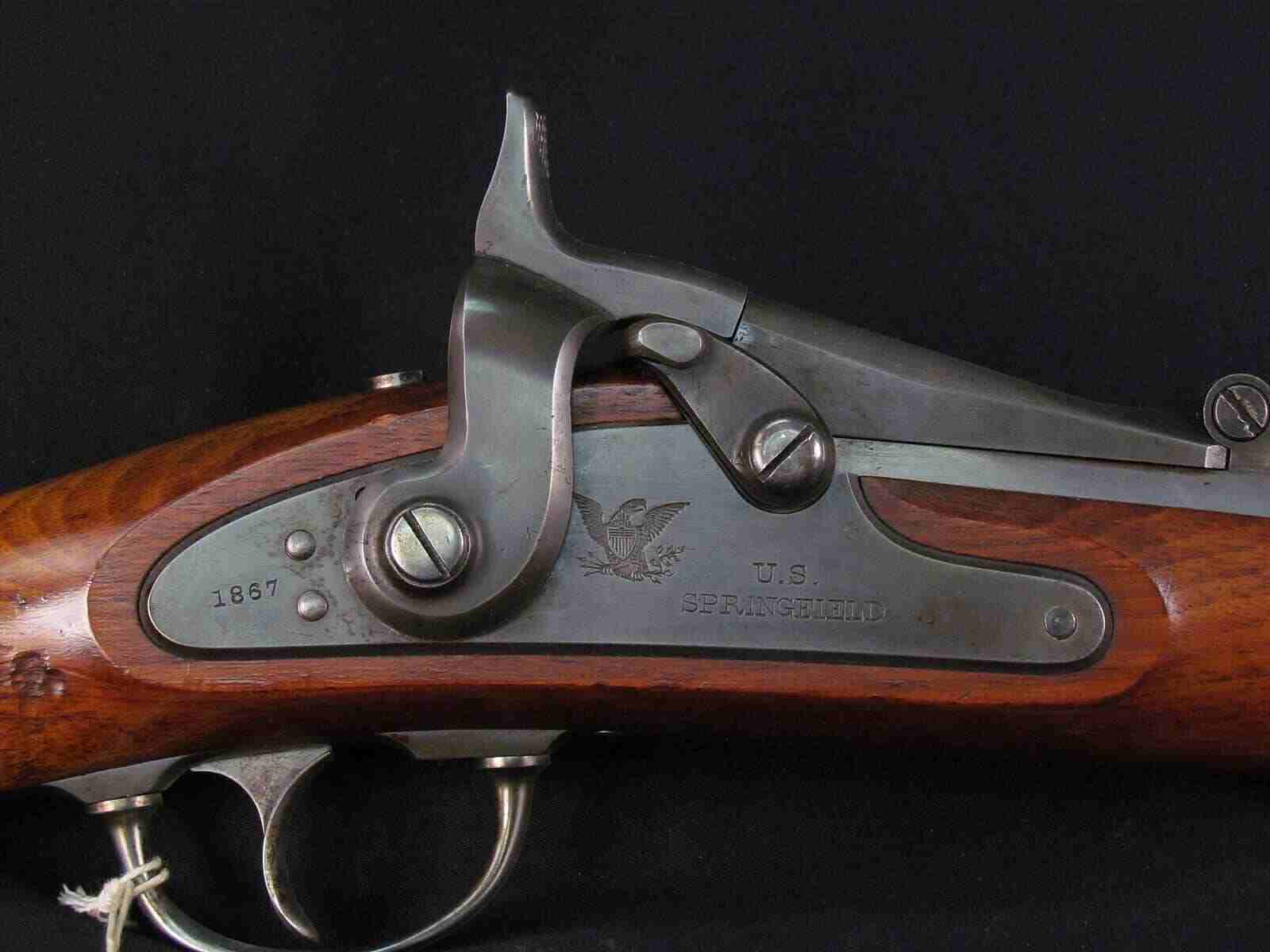The 6.5 Creedmoor (6.5 CM) has rapidly become one of the most popular rifle cartridges for long-range shooting, hunting, and precision rifle competitions. Known for its flat trajectory, high ballistic efficiency, and moderate recoil, this cartridge has won favor among elite marksmen and hunters alike. This comprehensive guide explores the origins, ballistics, hunting applications, and...
The M1917 Enfield Rifle: America’s Unsung Hero of World War I
The M1917 Enfield is one of the most significant and underappreciated rifles in American military history. Serving as the primary service rifle for the American Expeditionary Forces (AEF) in World War I, this robust and reliable bolt-action rifle was a product of industrial ingenuity and wartime necessity. Built upon the foundation of the British Pattern...
A History of the Browning Arms Company
The Browning Arms Company stands as one of the most significant names in the history of firearms, deeply intertwined with the groundbreaking work of John Moses Browning, one of the most prolific and influential firearm designers of all time. With a portfolio of legendary weapons spanning military, sporting, and personal defense firearms, Browning’s legacy has...
The G3 Rifle: History, Development, Performance, and Global Impact
The G3 rifle, a masterpiece of engineering and tactical versatility, stands as one of the most enduring and widely used battle rifles of the 20th and 21st centuries. Designed for durability, reliability, and firepower, the G3 has equipped military and law enforcement agencies across the world, leaving a lasting imprint on modern warfare. The origins...

